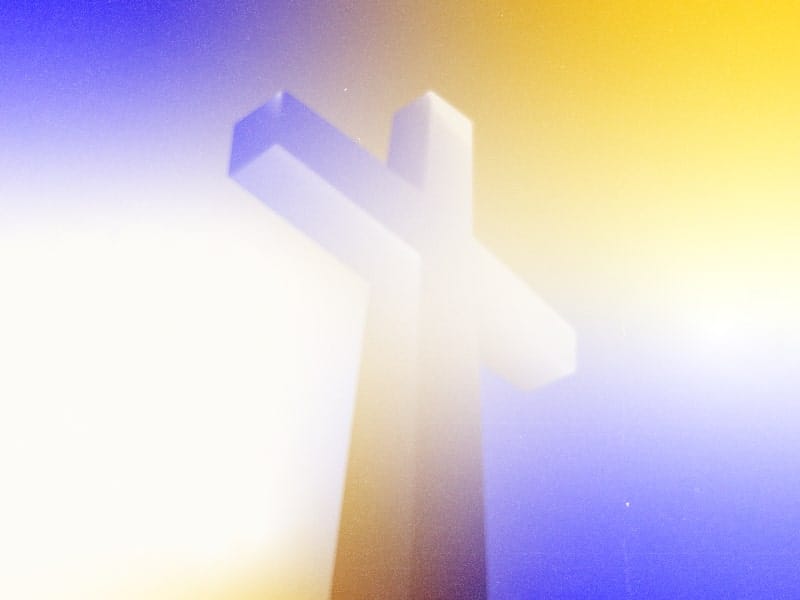Christmas Eve
Taking place during the day and/or evening, Christmas Eve is celebrated both as a religious and secular holiday.

Taking place during the day and/or evening, Christmas Eve is celebrated both as a religious and secular holiday.
Renee Harleston
Reviewer URL
Names: Christmas Eve, Nochebuena
Pronunciation: noh-cheh bweh-nah
Taking place during the day and/or evening, Christmas Eve is celebrated both as a religious and secular holiday.
Origin
Christmas is celebrated on December 25th. Scholars theorized Jesus was born at midnight, creating the creation of midnight services and other religious celebrations to mark the occasion. Christmas Eve has been celebrated throughout the history of Christianity.
Christmas and Christmas Eve became more secularized in the 19th century. This is when the modern incarnations of Christmas and Christmas Eve developed.
Who observes this holiday
Christmas Eve is not a United States federal holiday. Unlike many Protestants, Christmas Eve is especially important to Catholics. Many families with Latin American or Fillipino heritage throughout the world celebrate Christmas Eve, or Nochebuena, rather than Christmas day.
Traditions
For some families with young children, Christmas Eve traditions focus on preparing for the arrival of Santa, or Saint Nicholas. Families leave out cookies and hang stockings for Santa Claus. Some families leave carrots as well, for Santa's reindeer. Local news stations, apps and smart home devices will “track” Santa's flight across the sky through the North American Aerospace Defense Command (NORAD).
Nochebuena, “good night,” is celebrated throughout the world. Nochebuena celebrations begin with a large meal of traditional holiday foods—tamales in Mexico, seafood in Spain, and pernil in Puerto Rico. Some towns celebrate Nochebuena with firework displays. The celebration may also include midnight mass and opening presents.
Christians, most notably Roman Catholics, gather for a midnight mass on Christmas Eve. At midnight, churchgoers celebrate the arrival of December 25th and the birth of Jesus. Some churches today hold the traditional “midnight mass” at several convenient times on Christmas Eve. Some traditional Catholics may celebrate three masses at Christmas, beginning with the midnight mass. Midnight mass follows the arc of a regular service, but includes Christmas hymns, songs and decorations.
What to Say
If you are in the U.S., "Merry Christmas" is a proper greeting for those who celebrate the holiday. In the UK, "Happy Christmas" is more traditionally used.
If you know someone who celebrates Nochebuena, the traditional greeting is “¡Feliz Nochebuena!”
"Happy Holidays" is a common greeting for the early winter holiday season.